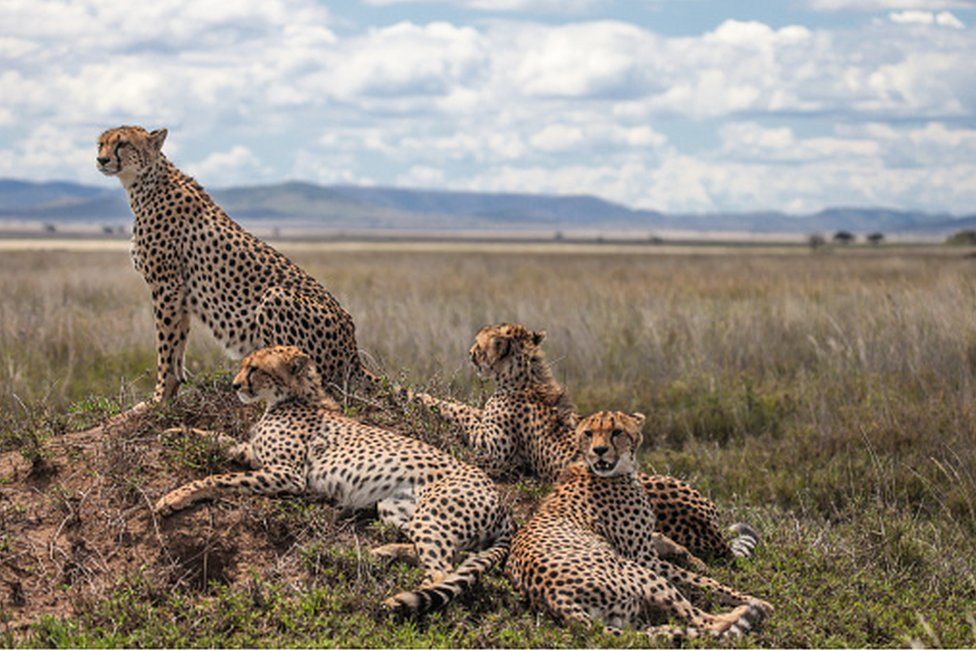
There is an impressive wealth of cats living in India. From the Indian tiger (known throughout the world) to the Asiatic lions last home- the gir forests of west india (the asiatic lion once roamed across Asia, throughout southern Europe, across northern and western Africa – therefore there are probably more “Asiatic” lion in Africa than in Asia), 12,000-14,000 leopards remain in the country. The snow leopard also still roams mountains within the country. It also still has a population of clouded leopards. In other words, in terms of big cats, it has all species except Jaguar.
In terms of small cats, the jungle cat still roams in large numbers, the fishing cat survives in areas of suitable habitat, the Pallas cat and the Asiatic wild cat are also still found in the wild. along with the Eurasian Lynx (a species that should still live in the UK and will hopefully one day return) and the Golden cat. Caracals are found in India as well as much of Africa and India. Other Smaller cats include the Leopard cat, the marbled cat and the rusty spotted cat.
One would think that this range of cats is pretty good to be going on with, Further more, the historical populations of pretty much all these cats is significantly higher than it is today. Indeed, it is recognised, worldwide, that India has not done brilliantly on conservation. Now this is not hugely surprising given the vast increase in population that has occurred over the last century.
However, the cheetah used to roam free in India, being declared locally extinct in 1952. It is also gone from Pakistan, Iraq and Afghanistan.
The remaining Asiatic cheetah population occurs in Iran, but the population is only 40 strong – no where near enough to allow any translocation. All cheetah subspecies are relatively genetically similar so it is hoped that the cheetah will quickly fall back into the evolutionary niche left by the extinction of their Indian cousins. They will be reintroduced into Kuno reserve. This was an area where reintroducing cheetah has been planed for a long time. However, it is also the park into which several lion prides were supposed to be moved. Unfortunately the Gujarat government have blocked the move of lions out of their province – the idea that the Gujarat government (who it should be noted, almost allowed the lion to go extinct) can claim exclusive rights to the Asiatic lion – a species which naturally has one of the largest ranges of any land mammal is laughable.
It is, of course, likely that Gujarat will now point to the cheetah as a reason to not transfer lions – but that is a different matter. It is essential that the Indian Supreme court shut down the stupidity that Gujarat is displaying – the Asiatic lion is not exclusively Gujarats and the longer that they refuse to translocate any , the longer we suffer the risk that an epidemic might wipe out the whole population of Asiatic Lions.
12-15 cheetah are expected to arrive in India in early 2022, with a further 50 or so following over the next 5 or so years.
This is good news, though whether in a country with 1.38 billion people fighting for space it is questionable whether there is space for the cheetah to thrive.
